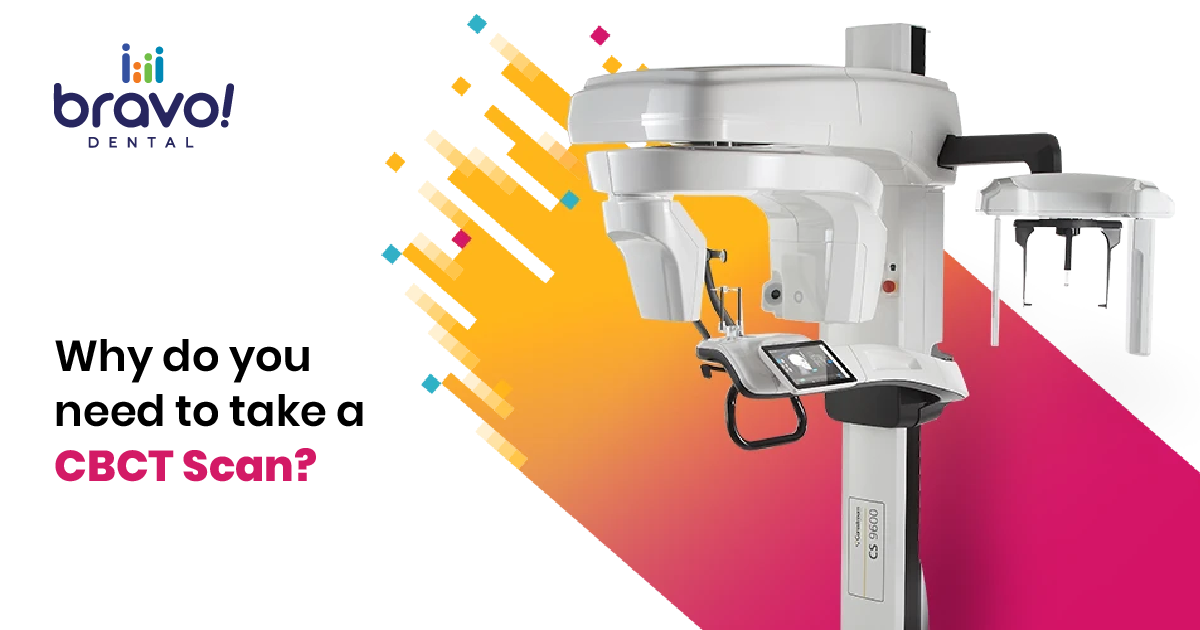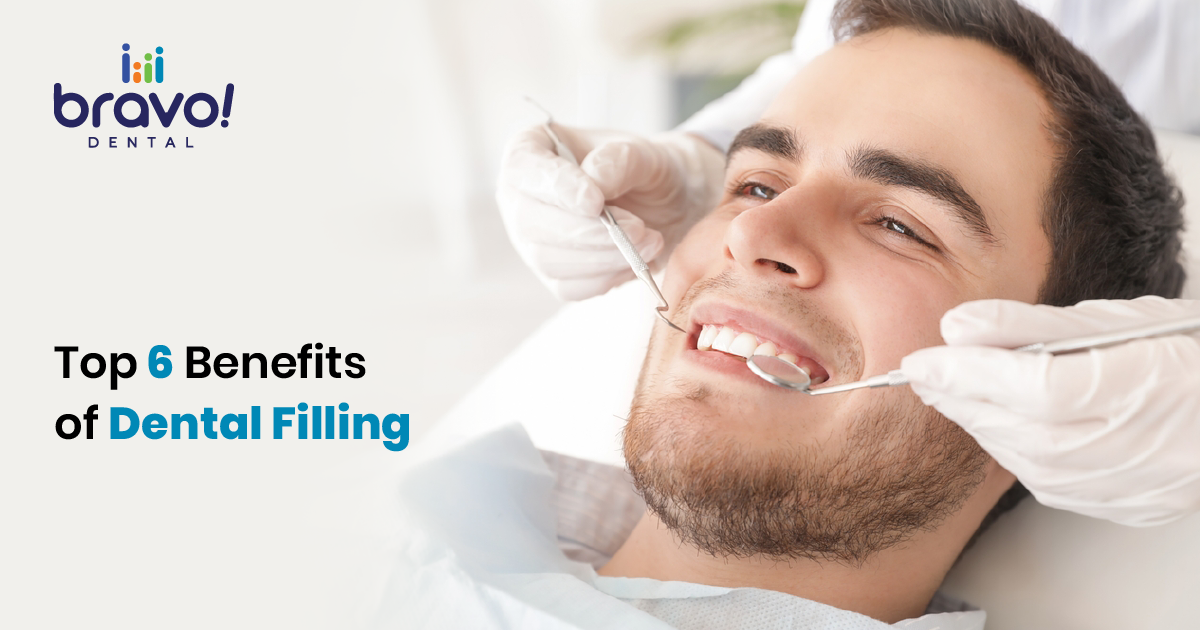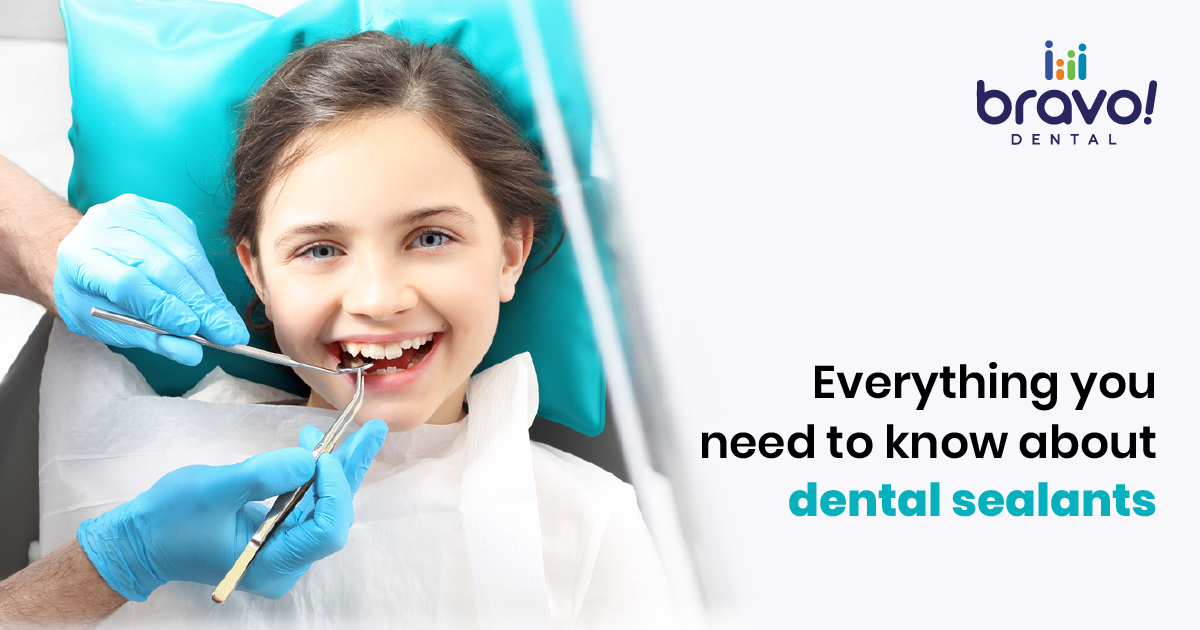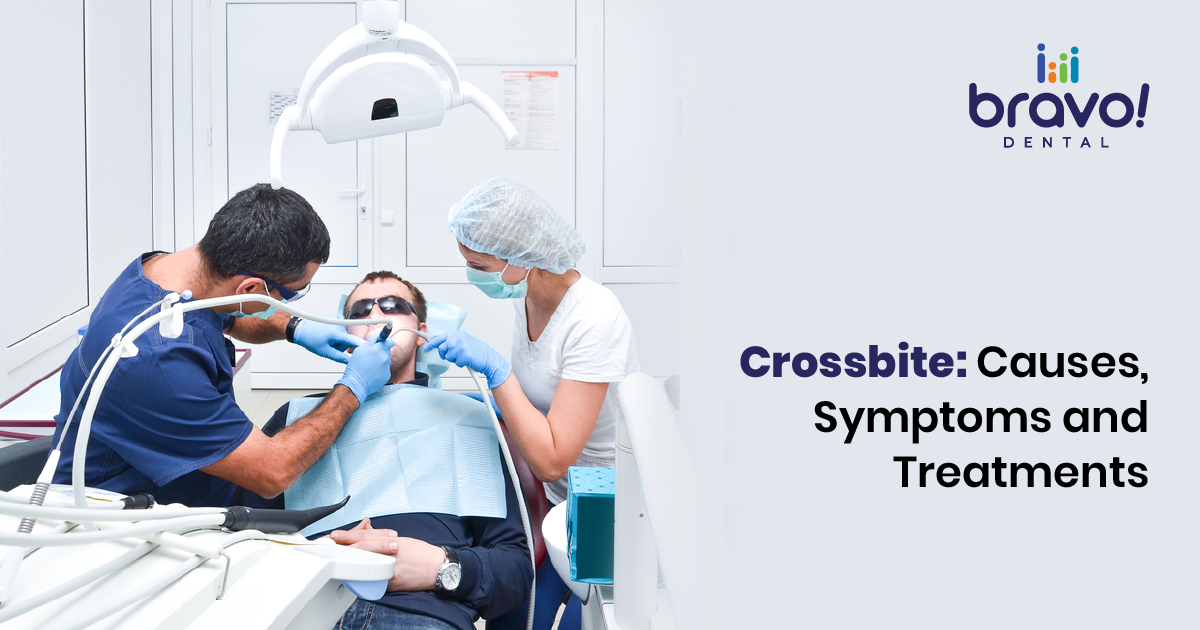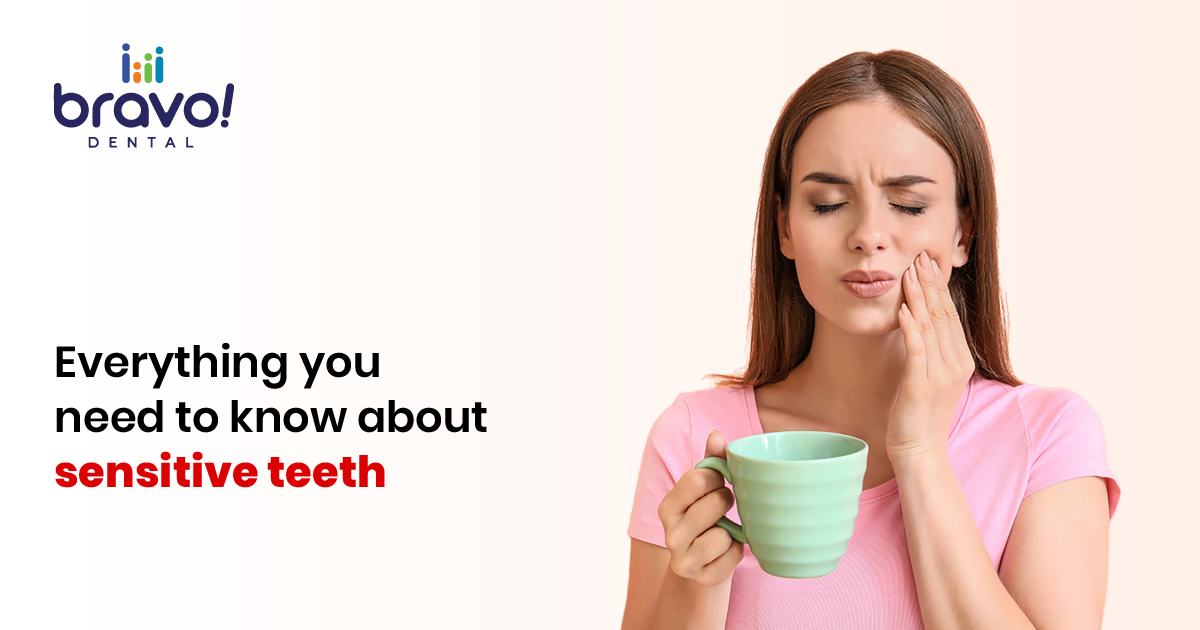If you’ve recently been to the dentist for severe toothache, you’d be asked to take a Cone-Beam CT (CBCT) scan. You might be wondering why your usual x-rays aren’t good enough. And that a CBCT scan can sound overwhelming. Moreover, have you noticed the machine’s size?
That’s why we are here to answer all your questions and clear out your fear of CBCT Scan in this blog.
What exactly is a CBCT Scan?
Cone Beam Computed Tomography (CBCT) scan is the golden standard in dental imaging and can help dentists get a more comprehensive image of your mouth, jaw, nasal, and throat areas. It produces stunning 3D images of the oral region’s bone, airway, and soft tissue.
CBCT do use radiation, but they are extremely safe. Just like any other scans this technology also involves radiation; however, the usage of radiation is far less compared to others.
What is the difference between CBCT and x-rays?
A dental CBCT scan is considerably more detailed and effective for obtaining information about your dental health than standard x-rays. In addition, this technology uses less radiation and requires fewer scans to see the various views and angles of your mouth. Furthermore, unlike typical dental x-rays, the cone beam CT scan may see both bones and soft tissues which help the dentist to diagnosis the problem accurately and give the best suited treatment for you.
What happens during a CBCT Scan?
You’ll be sitting comfortably while the CBCT imaging machine gently rotates around your entire head. You must be perfectly motionless during the scan process. You may be offered something to rest your head against to help you do so. There are no specific preparations needed for CBCT scans. However, you will be requested to remove any metal objects such as jewelry, eyeglasses, hairpins, or hearing aids prior to the scan because they may interfere with the scan. It is quick and painless, requiring only approximately 20-40 seconds. During the few seconds of scanning, over 150 photos are captured and then combined to create a single 3D image for your dentist to view. It’s better than the old black-and-white, hazy photos, right?
Why do you need a CBCT Scan?
A dentist may recommend a CBCT scan for various reasons. First, it can be used as part of the dental treatment planning. This scan will provide the dentist with specific information about your oral condition. This information may include photos of bone deterioration, cavities, nerves, soft tissues, fractures, infections, root canal problems, symptoms of jaw issues, or abnormal growths on the face.
Obviously, these are all things you’d want your dentist to be aware of before beginning any treatment. However, even something as simple as a sleep appliance (snore guard) can be easily customized and fixed by the extra precision a CBCT scan provides for your teeth. Now that you know why taking a CBCT scan is necessary to identify the deepest oral problems and to treat it right away, let go of your fears and get your CBCT scan.
Bravo! Dental has now started using CBCT Scans for accurate diagnosis and provides better treatment for patients. This technology is not used in most dental offices. But we, at Bravo! Dental, are always on the search for newer, better technologies and ways to help patients get the best treatment. For further details on how this scanning is done and how it can improve your oral health book an appointment with our Bravo! Dental experts simply by ringing 1-888-682-7286 now.
